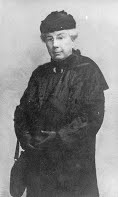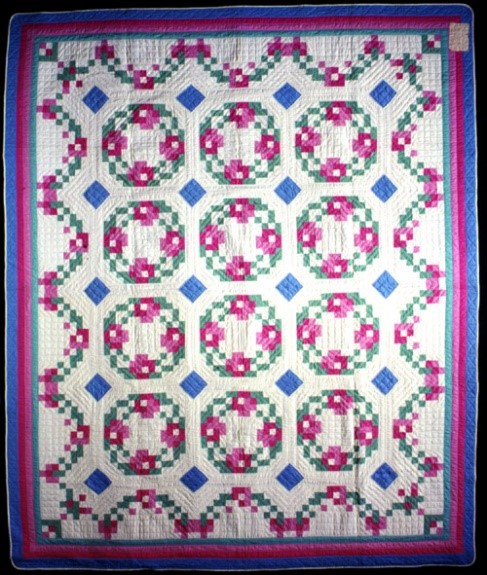Anne Ore Asks, “What’s it Worth to You?”
You wouldn’t think that Honoree Anne Orr could spark a controversy, but I bet I can put a spin on her that will start a debate—or at least get you thinking about your own work. But before I stir up trouble, let me give you the basics about this Honoree.
If Anne Champe Orr were around today, we’d probably call her a Steel Magnolia.

She was born (on April 17th, so it’s her birthday month) to a wealthy family in Nashville Tennessee, married into society, and had debutante daughters, but she wasn’t just decoration. Early in her adult life, she branched out from charitable and civic fundraising into the world of publications. As editor of Southern Woman’s Magazine, she wrote about antique collecting and needlework and launched a successful national business in patterning crocheted, tatted, and other hand-worked household items. From 1921 to 1940, she was the needlework editor for Good Housekeeping magazine, and her legacy continues with the re-publication of several of her pattern books by Dover Publications (available on Amazon, Etsy, and probably your local library). Click this link to read more about Anne Orr’s career. https://quiltershalloffame.net/anne-orr/ And if you are interested in a scholarly approach to Orr’s business acumen and marketing style, read Merikay Waldvogel’s article here: http://www.quiltindex.org/journals/article.php?Akid=2-B-AC
Orr didn’t come onto the quilt scene in a big way until the late 1920s. Her Good Housekeeping position opened opportunities for her to judge several quilt contests, including the Sears contest at the Chicago 1933 World’s Fair and the Macy’s contest at the New York Fair in 1939. Orr designed a number of quilts, and although they account for only about one sixth of her output, to me her most recognizable style is a pixel rendering of floral images, like these:
Right: Clarke, Laura May. Rose Wreath. 1937. From Michigan State University Museum Collection. Published in The Quilt Index, http://www.quiltindex.org/fulldisplay.php?kid=1E-3D-14. Accessed 04/25/2020
The Quilters Hall of Fame is fortunate to have two Anne Orr examples in our online Collection, a top and a quilt, that you can see here: https://quiltershalloffame.pastperfectonline.com/webobject/2E836B07-A0B8-4C2E-B9DC-498084127380 and https://quiltershalloffame.pastperfectonline.com/webobject/A83E4C36-5146-436F-9C63-650966340421
But, she also designed applique patterns (called patchwork at the time) and you can see two examples in the Quilters Hall of Fame Collections at https://quiltershalloffame.pastperfectonline.com/webobject/D6AC2529-8E61-441C-97EB-863611094727 and at https://quiltershalloffame.pastperfectonline.com/webobject/5DF211E6-5841-4F75-9AE7-651910503210
Well, did the history and eye candy lull you into forgetting that I promised controversy? How could this sweet old lady/ successful business woman fan any flames? It’s because of the quote on the Hall of Fame site, “Do your best in workmanship, design, and careful selection of color, so that the finished article will justify any work and be an heirloom to hand down for generations”.
“Justify”? Wait just a minute, quilting is supposed to be a hobby! I generally try to do my best, but I’m from the galloping horse school and I subscribe to the idea that perfection is the enemy of production. I know there is precision sewing going on elsewhere, and I admire it, but it’s not worth it to me to insist on achieving it myself. Maybe it’s because I don’t have children and I know that my quilts won’t be passed down the generations. Maybe it’s because I don’t feel like I’m making art; I’m just having fun.
So, do others share my perspective? Or are you someone whose points are never cut off and who will re-sew a seam as many times as it takes to get it right? Would Anne Orr judge your work and find that you have made good use of your time and talent? I’d be interested in hearing both sides.
In the meantime, April 28th is the birthday of another Honoree, Helen Kelley. I’ll write about her next.
Your quilting friend,
Anna

